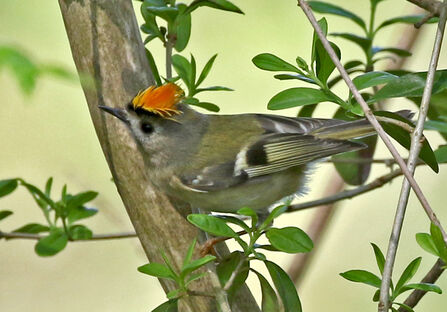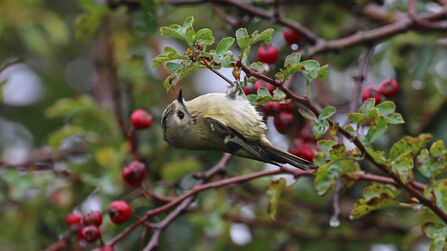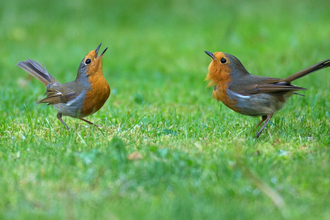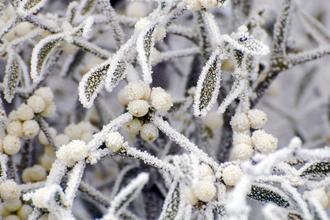Groovy feet? Possibly. Grooved feet? Definitely. That’s just what every self-respecting goldcrest needs! At just 5-6g (a little less than a 2p coin), goldcrests are the UK’s smallest bird and are also one of our most agile; grooved feet help them to grip individual conifer needles as they bounce through the branches, feeding on small invertebrates as they go.
You may hear their high-pitched song or trilling call, a little like a squeaky wheel, but seeing one is a different matter. From the tip of their beak to the end of their tail they're just 9cm in length and with delicate colouring of beige and olive-green, they disappear into the trees as though they were never there. Often, the only way to see one once you've heard it is just stare into the tree and wait for a movement as it flits from leaf to leaf, gleaning food as it goes.






